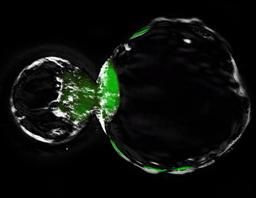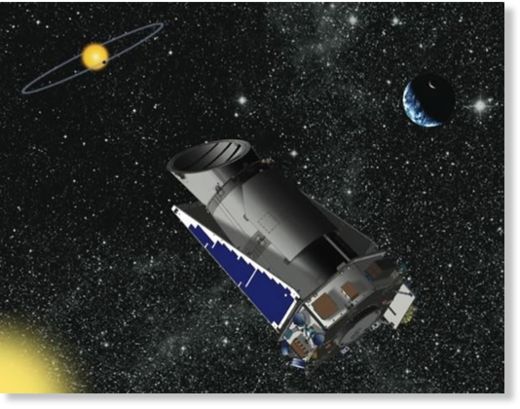
Ile aux Coudres is located 80 kilometers (50 miles) northeast of Quebec City. Between 1720 and 1773, 30 families settled there and the population reached 1,585 people by the 1950s.
Poring over church registers containing detailed records of dates of births, marriages and deaths, researchers found the age of women when they had their first child fell from about 26 to 22 years over 140 years from 1799 to just before 1940.
After discounting environmental and social factors, they concluded this substantial change from one generation to the next "largely occurred at the genetic level."
"It is often claimed that modern humans have stopped evolving because cultural and technological advancements have annihilated natural selection," says the study led by Emmanuel Milot at the University of Quebec in Montreal.











